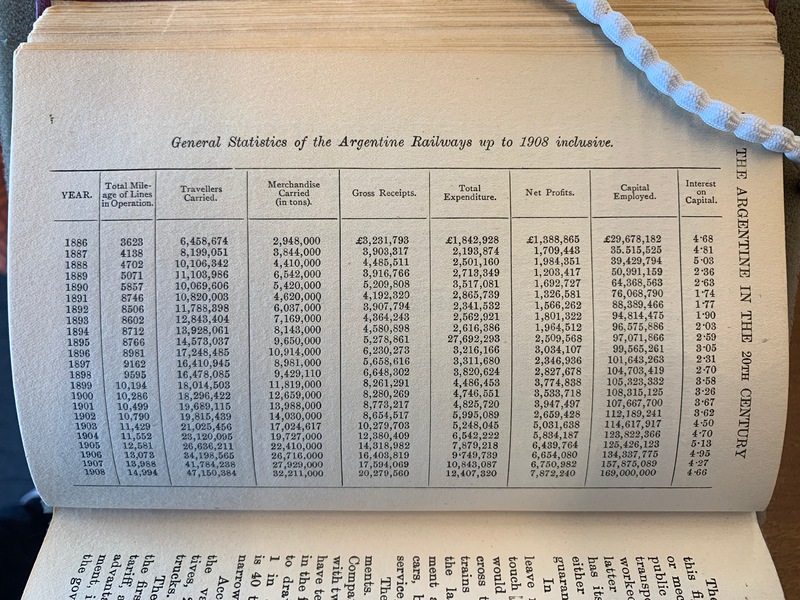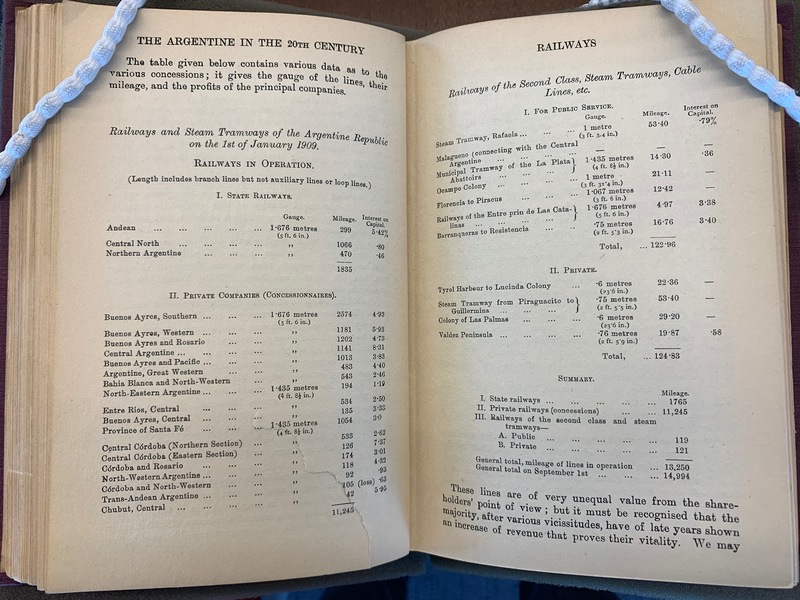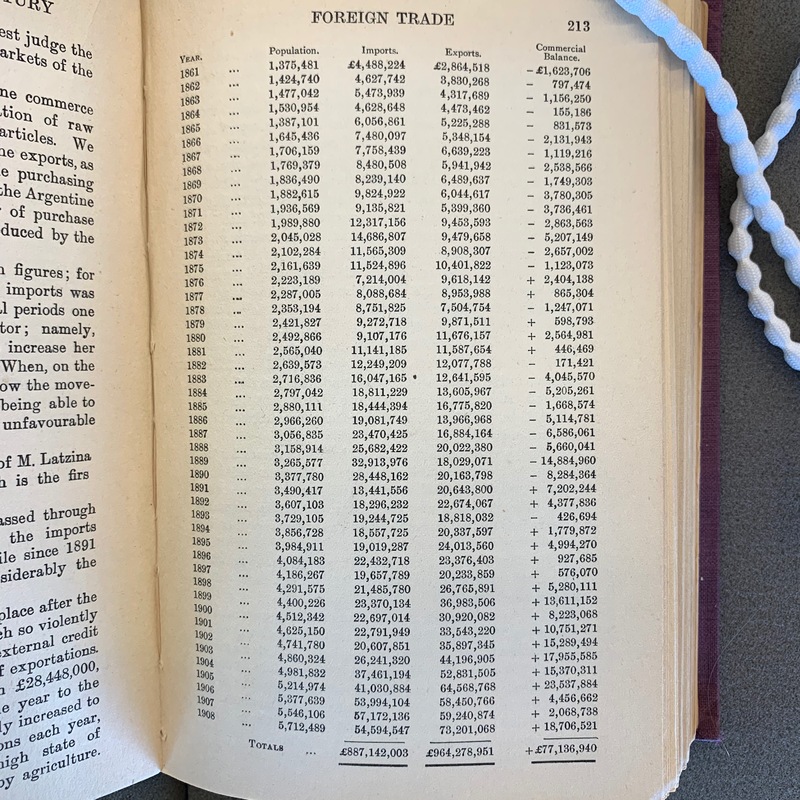The Argentine in the Twentieth Century
Very few Latin American countries have had the high levels of economic success that Argentina maintains both domestically and internationally. One of the main reasons for the republic’s success is that Argentina contains so many different kinds of lands, climates, and people inspired towards upward mobility. Like immigrants seeking the “American Dream,” many citizens and foreigners alike moved to the pampas (plains) during the 1890s to find opportunities for wealth and social mobility. Because of the enormous state land reserve in the pampas, immigrants lifted themselves and their country out of an economic struggle and into one of Argentina’s most successful periods of growth. By 1896, the nation eliminated its foreign debt, and Argentina found itself in a new awakening.
In 1865, the first year in which Argentina gathered and published commercial statistics, foreign trade amounted to 14.3 million US Dollars. In 1908 that number exceeded 127 million pounds, seeing just over 1,000% economic growth. The Argentinian growth that occurred during the years leading up to the twentieth century were unprecedented in South America, and painted a picture for South American success and Argentine pride.
It quickly became the responsibility of Albert B. Martinez, Under-Secretary of State, and Maurice Lewandowski, Doctor in Law, to literally account for the republic’s success during this time. Their text (see images) is mostly data-driven, and employs a series of financial measures to depict Argentine success from agricultural, transportation, industrial and foreign trade perspectives. The Argentine in the Twentieth Century showcases a primarily agricultural economy, which paid off national debt through wheat profits and continued expanding. As the book explains, the development of the Argentine railway system not only took advantage of the land that made the republic so successful, but also attracted foreigners to their growing workforce. Transportation attracted industry, which inspired foreign trade and investment that the book also traces.
The collection of data presented by Martinez and Lewandowski shows a prospering Argentine economy that is deeply connected to the development of agriculture, transportation, industry, and foreign relations. The tables not only tell the story of a country’s rapid development, but they also depict a country on the verge of further success on the world stage.
-Nick Parker-



